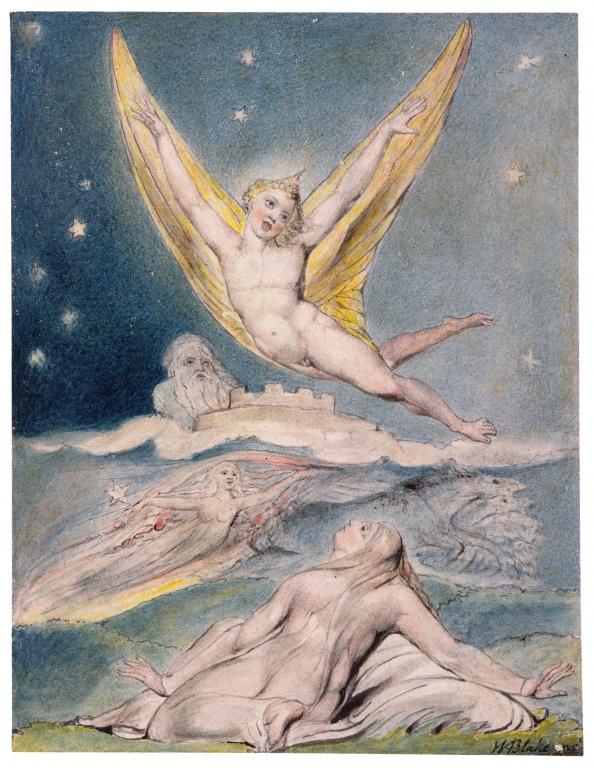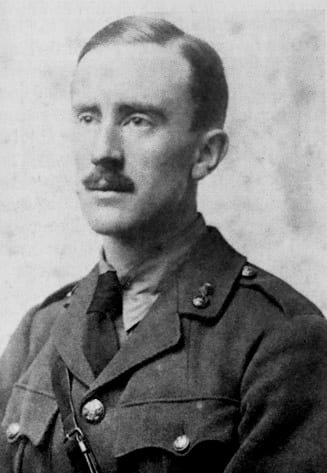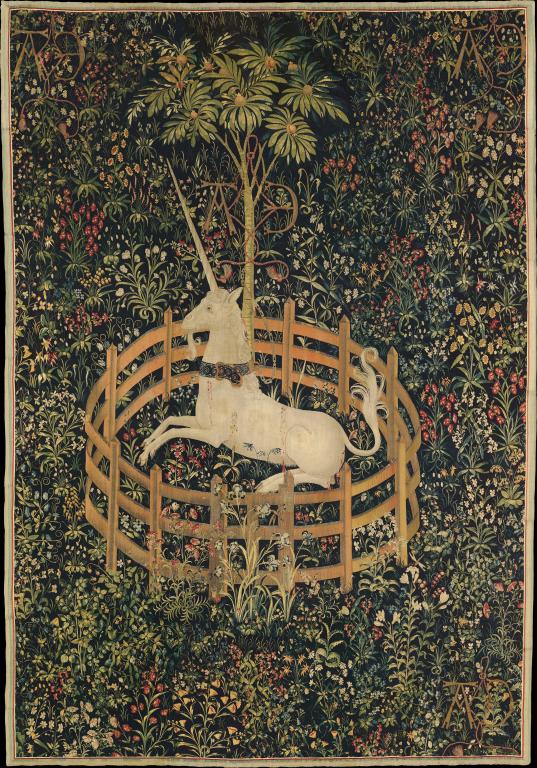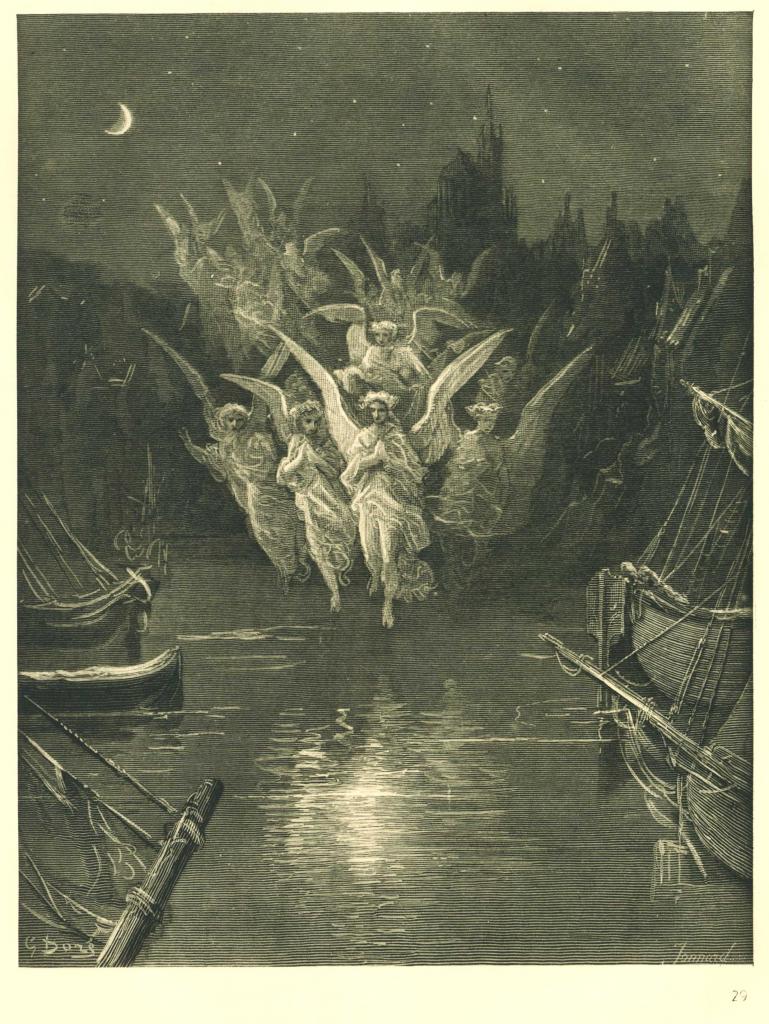David Russell Mosley
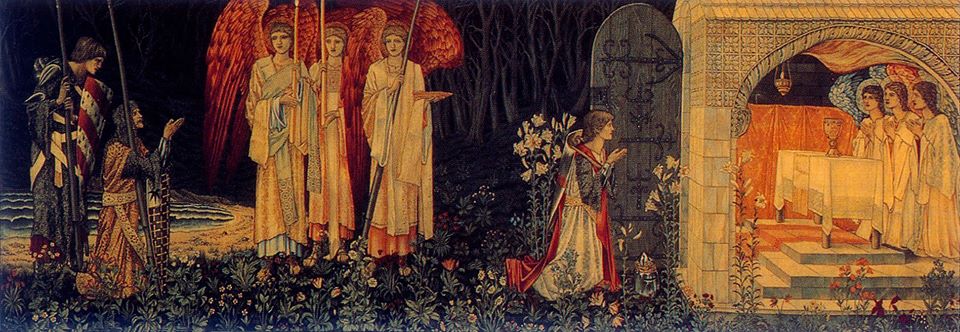
Eastertide
7 April 2016
The Edge of Elfland
Hudson, New Hampshire
Dear Friends and Family,
Last week, Image Journal, posted to their blog an essay by Christiana N. Peterson. In the essay, Peterson talks about her daughter’s longing for fairies and its relation to the mystics longing for God. I posted the article to my personal Facebook page saying, “There is more that could be said, but this is a good beginning.” Today, I would like to say a little more.
Some of my friends responded to the article noting that the depiction of mystics was rather sanitized and romanticized. This is true. Peterson writes:
The mystics’ words make me think of wings again, of living in the trees of Middle Earth with the elves. Why, I wonder, would reading the mystics feel like reading Tolkien or searching for fairies in the dying light of summer?
I so want to encounter God in the way of the mystics. I want to know God is with me, right now in the moment, in tangible, visible ways. So I pour over their words and spiritual practices, wishing to have visions but knowing that God often comes to us in more mundane ways.
For Peterson, reading the mystics is like reading Tolkien, but I’m not sure if it’s like reading Tolkien in the right way. For Peterson, the connection is between the deeper realities glimpsed by the mystic and a land populated with things like elves, dwarves, and dragons. Yet when I read the mystics, I feel less like I’m reading Tolkien, in that sense anyway, and more like I’m reading Ezekiel or Dante or Tolkien in a very different sense. Let me explain.
The mystics, who really can’t be categorized together like this, are often giving us insight to one of two things if not both. Often they are giving us translated visions of the deeper reality, of the angels, thrones, and powers, the logoi that stand behind and uphold, through God, the things we experience everyday. Or else they give us an insight into ourselves. Peterson mentions Theresa’s interior castles, but it is precisely that these are castles that exist within us. I think of Augustine’s Confessions where he turns from searching for God in creation to searching for God within himself and as he plumbs the depths of his soul is raised to higher heights. Or again, I think of Dante who takes us through Hell (our own sinfulness), purges us in Purgatory, and gives us that first glimpse of the Beatific Vision and the ecstatic understanding that will be given to us on how God could be so joined to man in the person of Jesus Christ, by extension (or better participation) in us. Or again, I think of Denys and how the Celestial Hierarchy stands behind, upholds, and gives reality to the Ecclesiastical Hierarchy.
For me this reminds me of Tolkien not because of Middle-earth, per se, but what Middle-earth represents, namely the reality of Faërie. Tolkien writes in On Fairy-stories, “It was in fairy-stories that I first divined the potency of words, and the wonder of things, such as stone, and wood, and iron; tree and grass; house and fire; bread and wine.”1 I’ve written before about this, and other, quotations from Tolkien’s On Fairy Stories, but I want to draw attention to this line again because of the examples Tolkien uses. It is perhaps not inappropriate to see in bread and wine the Eucharist. Here, in a way, we get at the heart of the mystics. For many mystics things we see in everyday life, or fantastical combinations of them (e.g., the griffon), stand for deeper, spiritual realities. They images that serve as symbols of a deeper reality. In the Eucharist (and other sacraments) it is not just pictures but physical objects themselves that serve as real symbols of deeper realities.
What is more, however, is that for Tolkien, Faërie itself is the Perilous Realm. A land in which, should we venture, we will not come out unchanged (as Aragorn says to Boromir before they enter Lothlorien). If, as a friend has suggested, Peterson’s view of mystics is sanitized, so too is her picture of Faërie. The angels, it would seem, are terrifying to behold, if we take seriously their injunctions to “Be not afraid” when they appear to mortals. Lewis uses this to an interesting effect in his Perelandra when the two guiding intelligences of the planets Mars and Venus ask Ransom, the human protagonist of the Cosmic Trilogy, to tell them which will form will be most suitable for introducing themselves to the King and Queen of Venus. Ransom is terrified as they appear to him in forms whose depictions are lifted almost word for word out of Scripture (notably Ezekiel).
Now, like Peterson, I will be raising my children to look for fairies, though perhaps not in broken potsherds, but in large mounds. I hope that this investment in their imagination will do for them what it did for me, open up the possibility that there are things we cannot see or cannot comprehend and categorize. That along with angels and the logoi (insofar as those two are separable) there may be lesser beings both like and unlike us who belong to this world in a way even we do not, and that we might be able to catch a glimpse of them if we correct our vision (which often takes holiness). Yet I hope my children will also learn to seek these things in the right spirit, the spirit that says these things are not safe, they are not tame, to borrow language from Lewis, but that at least some of them are good.
So, I agree with Peterson, there is a connection fairies, or better Faërie, and Mystics. But this connection has to have the right tenor, the right level of both levitas and gravitas. We can at once find both joy and terror in the presence of God, so to in the Perilous Realm, and we need both in order to see them more clearly. A joyless God is not a God worth our worship and yet neither is one who does not inspire us to say, “Woe is me, I am a man of unclean lips.” What we do not need are safe fairies, nor a safe God. Safe reality is not worth our existence. We need stories and a reality that rightly reflect the deeper truths. Consider again the Eucharist. Here is the source, in so many ways, of all our joy. We are united to Christ as we eat his flesh and drink his blood. Yet consider precisely what we are doing, we are eating flesh and blood. We are re-visiting not only the night on which Jesus was betrayed, but his crucifixion, his body torn, his blood poured out. The source of all our joy is a moment of horrific torture unto death. This is something the mystics most certainly understood as their visions make clear (I think of St. Perpetua and her dream about the ladder covered in nails and spikes with a dragon at its base. Yet once she reaches the top, there is joy and peace). It is both levitas and gravitas, life and death, joy and danger, that unites our search for fairies and our search for God and the deeper truths of reality.
Sincerely,
David
1 J. R. R. Tolkien, ‘Tree and Leaf,’ in The Tolkien Reader (New York: The Ballantine Publishing Company, 1966), 78.


